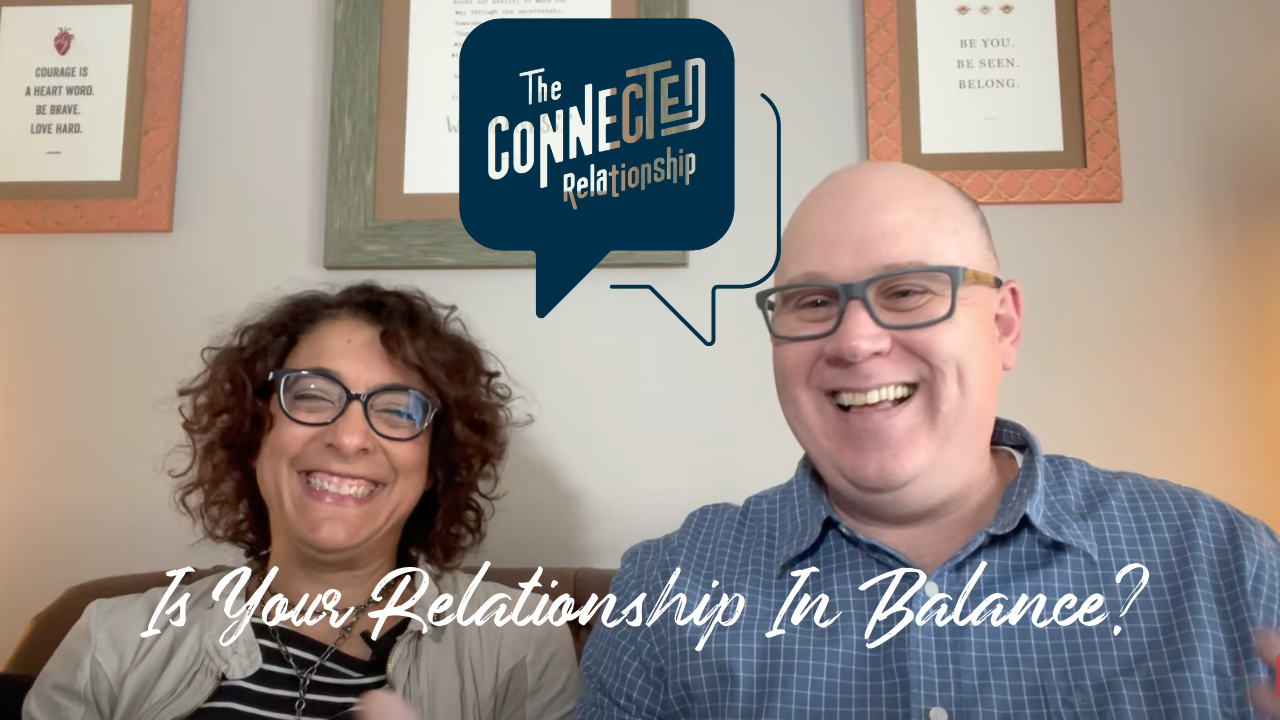
Here’s a big one…
The workload duties around your home are off balance.
Many women reading this will emphatically exclaim, “YES!!”
Some women will say, “Yes, but…”
Many men will say, “But I take care of these tasks.”
Many fewer men will say, “I could probably do more.”
The reality is that, in heterosexual relationships, women take on about two-thirds of domestic responsibilities. Post-pandemic, this number has skewed even higher, with an unprecedented number of women leaving the workforce because they have found it impossible to juggle work and home responsibilities.
This is true for so many reasons, including cultural norms that expect women to do more of the work at home and the fact that most women have been “conditioned” to doing so, without questioning it, because that’s what women do.
The point of this isn’t to spark some pro or anti-feminist debate. The point of this is to emphasize the toll that this takes on our relationships.
Simply put, women are overwhelmed, frustrated, resentful, and EXHAUSTED. And many don’t know how to ask for help (are that they’re even allowed to). And it’s impossible to show up in relationships when you’re overwhelmed, frustrated, resentful, and exhausted.
So, how do you bring your relationship back into balance, so that you each have ample time and energy, not just for the tasks that must be completed, but also for each other?
Give this a try:
Over the next week, make a list of all of the tasks that you take care of for your home. Write down tangible things like childcare, grocery shopping, and lawn maintenance, as well as intangible things, such as managing the calendar and the mental energy that goes into tasks like deciding what birthday gift to buy, keeping up with when to schedule the next doctor’s appointment, or what snacks to take to the soccer game.
To be clear: this is not a list to use as ammunition about how you do more than your partner. Research shows that a quid pro quo mentality — I do this if you do that — isn’t healthy for a relationship. The purpose is to make the implicit explicit so that you can have a conversation about it. These patterns are usually set in place unconsciously, so it’ll take some thought to shift them.
You’ll likely find the list skewed one way or the other, though. Take a look at your list and identify the things that you find truly easeful. Maybe you enjoy lawn care, or grocery shopping. Make note of that for your “keep” list. Maybe your partner is more a natural at paying the bills or cooking. Check to see if they would like to take ownership of those things. Talk through any tasks that you might be able to start delegating to your kids, if you have them.
Once the expenditure of time and energy feels a little more balanced, put the new way into practice for a while and see how it feels. Make a plan to follow up in a couple of weeks to see how it’s working for each of you.
Because our brains tend to revert back to homeostasis, make it a practice to check in with the balance of your relationship on a regular basis, especially if you have children and especially when routines shift – like back to school time or with a change in jobs.
Then you can start having conversations about what fun things you can do — both individually and together — with newfound time and energy. Let us know what happens?
Need help? We’ve got you covered! Schedule a free consultation to see how coaching can put these suggestions into action.

